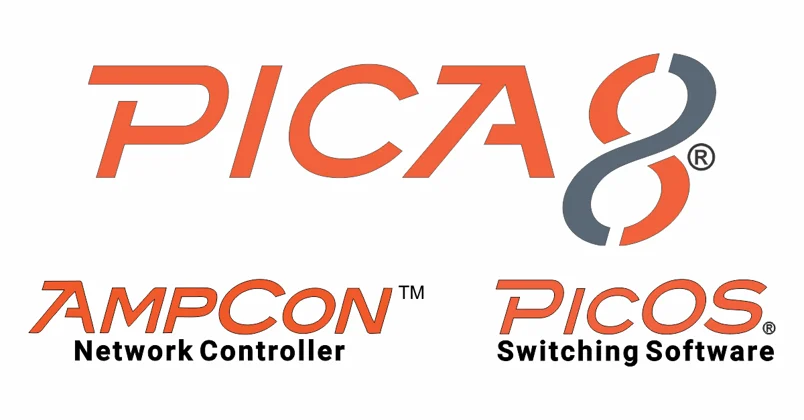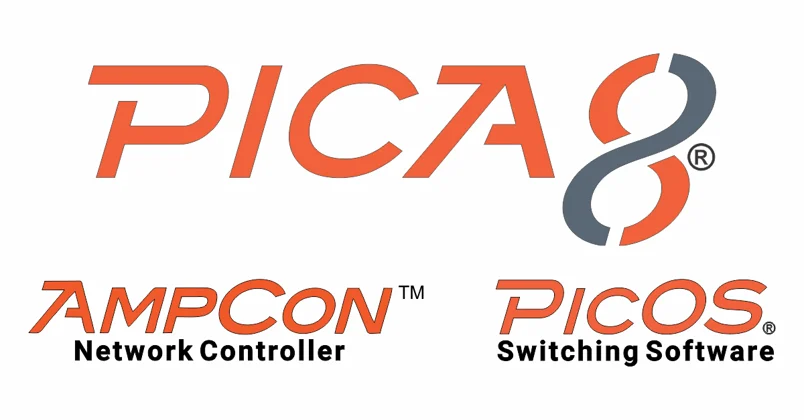Pica8: The Software Cisco
James Liao
on
24 9 月, 2021

 Every networking company on the market today wants to own their customer. Unfortunately, this isn’t always the best for the customer. In many sales scenarios, hardware companies will imply their expertise in software in order to drive the core business of selling hardware systems. Open networking stands at direct odds to this business model, and could very well be the market driver with the most benefits to the end users.
Every networking company on the market today wants to own their customer. Unfortunately, this isn’t always the best for the customer. In many sales scenarios, hardware companies will imply their expertise in software in order to drive the core business of selling hardware systems. Open networking stands at direct odds to this business model, and could very well be the market driver with the most benefits to the end users.
Open networking is a methodology that started over ten years ago thanks to the culmination of several market trends, starting with commoditization, which obviously drove down the cost of hardware while increasing the quality and availability of components. Moreover, this enabled the separation of hardware and software, and introduced software-defined networking (SDN) as an approach to network management that started with OpenFlow. Now OpenFlow is becoming a legacy, but SDN remains as relevant as ever, driven by a maturing networking software market.
Why software? Why now?
This deserves attention because earlier this month we’ve heard Cisco inform the analyst community that it wants to be a software company in a quest for growth. But what is software to Cisco? There is growing skepticism that Cisco can be a competitive software company because of various layers of hardware baggage. But it’s obvious the industry needs a “software Cisco.”
Five Central Tenets To Be A “Software Cisco”
- OpEx economies of scale: Software brings a new operational expense model for networking. With software, companies don’t need to provide additional training for every hardware upgrade, and don’t need to change network infrastructure with every new model of hardware. Software also addresses development gaps in hardware systems, without the complex purchasing and licensing structures that Cisco requires. Keep in mind that manufacturing advances in hardware systems are typically limited to development cycles dictated by materials limitations. There are no such limits in software development and deployment, and features can be deployed, automated, managed, and trained, as necessary.
- Same software to be available for all hardware platforms: This enables innovation on the software side that can be applied to all platforms. Many technology companies have understood the value of software on generic hardware for some time. It is a recent trend that other types of network consumers are catching on that heterogeneous networking environments are not only an option to them, but probably a necessary one given market limitations such as hardware supply and lead times.
 Software needs to be dynamic and re-usable: This means it cannot be tied to hardware – not now, and not ever. It is this dynamic software that allows the same software that monitors servers to be used for the monitoring of the entire network. While massive systems deployments have historically been serviced by Cisco with promises of unrealistic ends and endless budgets, software should be dynamic and re-usable to solve real world problems present in today’s evolving networks.
Software needs to be dynamic and re-usable: This means it cannot be tied to hardware – not now, and not ever. It is this dynamic software that allows the same software that monitors servers to be used for the monitoring of the entire network. While massive systems deployments have historically been serviced by Cisco with promises of unrealistic ends and endless budgets, software should be dynamic and re-usable to solve real world problems present in today’s evolving networks.- Open APIs: Software-defined APIs based on open standards make it easy to add new features and functions. Open standard networking allows for more upgrade options to choose from, making network provisioning and expansion less of a one-size-fits-none method to a better suited custom solution. Smart choices in software can drive a logical upgrade path.
- Completely interoperable with Cisco: Backwards compatibility with legacy Cisco switches and routers ensures progressive strategies that avoid rip-and-replace, forklift and unplanned upgrades. Fortune 500 companies, and many others without the technical resources of pureplay networking technology companies are finding their infrastructure expansion plans having to be changed, or in some cases halted, due to their enterprise vendor being unable to provide timely solutions. It is cases like this and more where software can provide an alternative, cost-effective upgrade path designed to work in tandem with any deployed systems and prepare for future expansion.
James Liao is Pica8’s Founder
- Category: Uncategorized
- Tag: ampcon, open networking, Software Cisco, White Box Switch
